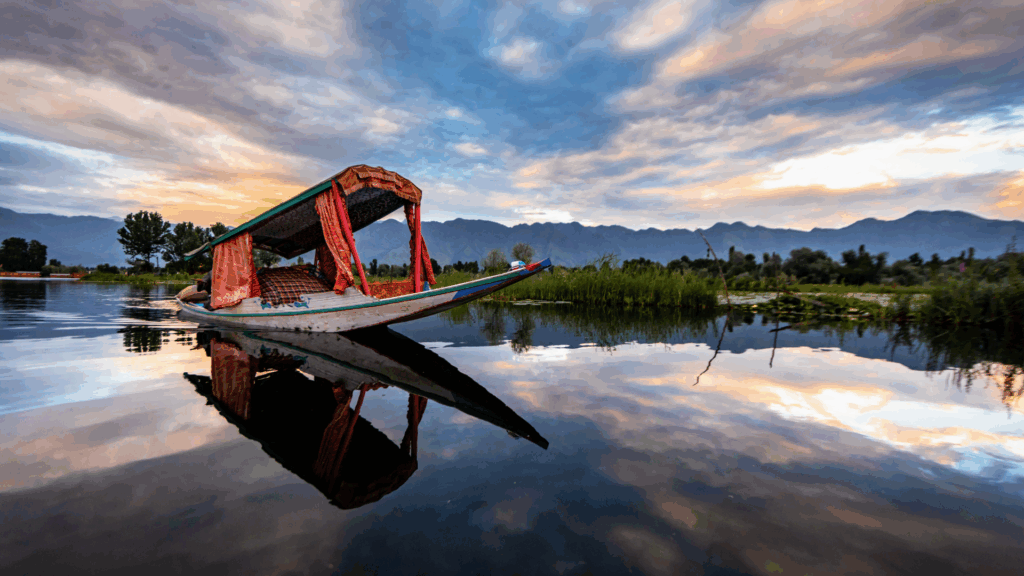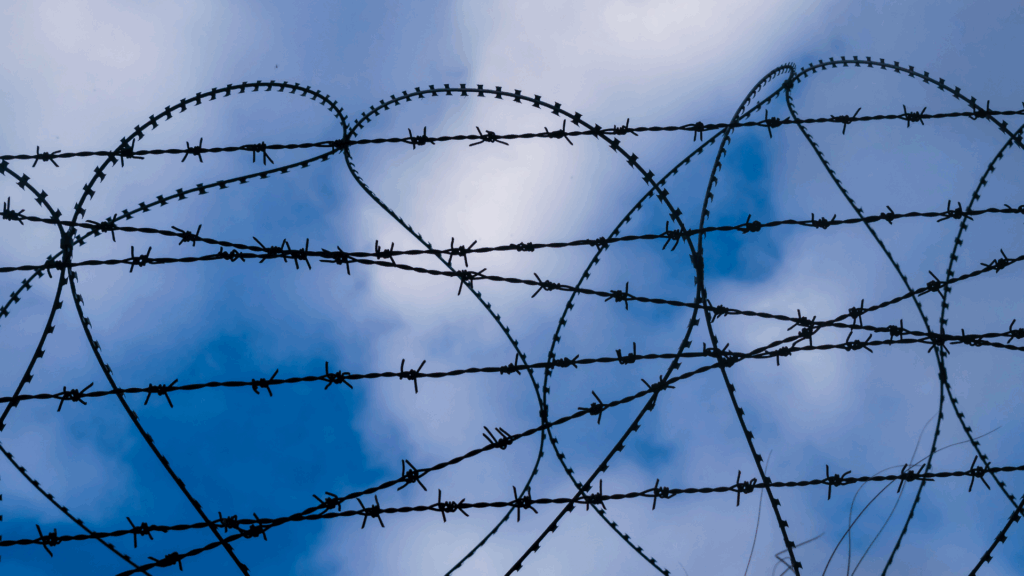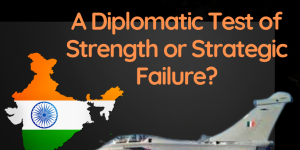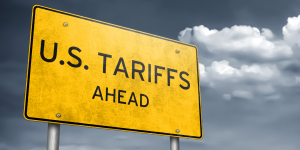New Delhi, 14 May, 2025
By Dhirendra Pratap Singh
How British Colonialism and Western Interference Created the Kashmir Crisis and Destabilized South Asia
When U.S. President Donald Trump recently offered to mediate the long-standing Kashmir conflict between India and Pakistan, his announcement—delivered over social media—triggered immediate unease in New Delhi. For seasoned observers of South Asian geopolitics, India’s categorical rejection of third-party mediation was neither surprising nor unjustified. What often gets ignored, however, is the deeper historical root of this conflict—the colonial legacy of British imperialism and its long shadow over the subcontinent.
Kashmir is not merely a bilateral dispute or a modern flashpoint between two nuclear-armed neighbors. It is a festering wound, born from hasty imperial cartography, British manipulation, and the deliberate political engineering of division that continues to cost South Asia dearly.
Partition: Britain’s Exit Strategy That Tore a Nation Apart
As historian Ayesha Jalal has rightly noted, “The partition of India was the greatest human migration in history, and also the greatest communal violence engineered by policy.” The violence wasn’t accidental—it was a product of deliberate British policy under the infamous “divide and rule” framework.
The British Empire, in a rush to exit India after draining it of wealth and resources for nearly two centuries, handed over a botched independence plan in 1947. Lord Mountbatten, the last Viceroy, had only one mission: ensure a speedy British exit—no matter the consequences. Lines were drawn with reckless haste by Sir Cyril Radcliffe, a man who had never set foot in India before being asked to divide it. The result? Arbitrary borders, disjointed princely states, and over a million lives lost in communal riots.

No proper mechanism was put in place for such states. The chaos created by British negligence allowed Pakistani tribal forces to invade Kashmir, prompting its accession to India and triggering the first India-Pakistan war. The Line of Control was not a solution—it was a ceasefire line drawn out of desperation, not diplomacy.
British historian Christopher Beaumont, who served as Mountbatten’s private secretary, later admitted, “Partition was a hurried and not wholly honest process… The British are responsible for the mess we left behind.”
The Looting of India: A Historical Fact
It is also essential to acknowledge how the British economically ravaged India, reducing a prosperous region to poverty. According to economist Utsa Patnaik, Britain drained India of nearly $45 trillion (in today’s terms) over two centuries. Before colonization, India accounted for nearly 24% of the world’s GDP; by the time the British left, it was reduced to just 4%.

For example, the Bengal famine of 1943, which claimed around 3 million lives, was exacerbated by British policies that prioritized war efforts over local welfare. Partition and Kashmir were not isolated events—they were the culmination of a colonial project aimed at resource extraction and sociopolitical control.
India’s Position: Sovereignty, Not Stubbornness
India’s firm stance on Kashmir is rooted not in rigidity, but in hard-earned lessons of colonial exploitation. After being fractured by external powers, India has every reason to safeguard its sovereignty. The Simla Agreement of 1972, signed after the Bangladesh Liberation War, explicitly mandates that all disputes be resolved bilaterally—a principle based on post-colonial sovereignty and international legal norms.
Trump’s suggestion of mediation, no matter how well-intentioned, undermines this historical context. It also conveniently overlooks the role of the West in keeping South Asia unstable long after 1947.
Western Powers and Post-Partition Destabilization
The British may have exited in 1947, but the West did not stop meddling in the region. In the name of Cold War alliances, the United States and its allies armed Pakistan to the teeth, despite full knowledge of its undemocratic military regimes and support for extremist elements.
During the 1950s and 60s, Pakistan became a frontline state in the Western bloc, receiving billions in military aid. These weapons were not just used for defense—they emboldened Pakistani generals to pursue adventurist policies in Kashmir. The Kargil War of 1999, too, was made possible in part by Western-supplied arms. According to reports, U.S. military aid to Pakistan during the 1980s, in the form of F-16 fighter jets and other weapons, played a critical role in shaping the military dynamics in the region.

Yet, the global narrative often stops short of asking: Who funds, arms, and shields these groups from global sanctions?
Kashmir: A Human Crisis Weaponized for Strategy
No one denies the humanitarian tragedy in Kashmir. The people there have borne the brunt of a conflict they never chose. However, this human crisis is often weaponized for geopolitical leverage, particularly by Pakistan—a nation where military generals regularly override civilian diplomacy.
Former Indian foreign secretary Shyam Saran rightly noted, “Talks and terror cannot go together.” Repeated cycles of dialogue have been met not with peace, but with infiltration and cross-border terrorism. The 2001 Indian Parliament attack and the 26/11 Mumbai attacks are just some examples of how Pakistan-based terrorist groups have perpetuated violence in the region, all while continuing to receive international support.
US Mediation: Misfire Masquerading as Strategy
The United States, under past administrations, had generally respected India’s red lines on Kashmir. Trump’s remarks and claims by leaders like Marco Rubio of “broad-based discussions” marked a concerning deviation from that norm. Whether a diplomatic misfire or a strategic gambit, such moves fail to account for the region’s deeply colonial wounds.
India is a key member of the QUAD alliance, a crucial partner in countering China’s Indo-Pacific assertiveness, and Washington’s largest trading partner with bilateral trade crossing $130 billion in 2024. Any ambiguity on sensitive issues like Kashmir risks undermining decades of hard-earned trust and strategic alignment.
The Empire’s Ghost Still Haunts South Asia
Kashmir is not just a geopolitical issue—it is a colonial inheritance. The British Empire drew borders with ignorance and impunity, ignited communal tensions, and then left the region to burn. What followed was not freedom, but fragmentation.

India must continue its internal journey of reconciliation, inclusion, and development in Kashmir. But this path must be shaped by Indians—not foreign capitals with shifting interests and selective memories.
As Dr. B.R. Ambedkar warned, “Political democracy cannot last unless there lies at the base of it social democracy.” It is through this lens—and not colonial frameworks or third-party interventions—that peace in Kashmir will ultimately emerge.
For feedback, write to editor@ictpost.com








